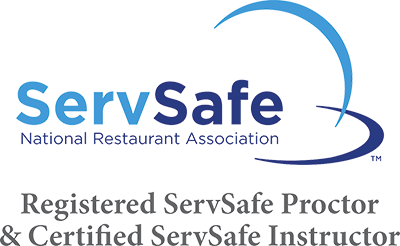According to the International Dairy Foods Association, pasteurization is the process of applying heat to food and beverages in order to destroy harmful microorganisms from food. Milk, cheese, ice cream, eggs, and juice are common items that are pasteurized.
There are four different ways to pasteurize food and beverages. There's vat pasteurization, high temperature short time pasteurization (HTST), higher heat shorter time pasteurization (HHST), and ultra pasteurization (UP). Each pasteurization process has a specific temperature and holding time that needs to be reached. Different items require different pasteurization processes.
It's important that high-risk populations consume pasteurized food and beverages. High-risk populations include the eldery, pre-school aged children, and people with compromised or weakened immune systems such as people taking certain medications, people with cancer, people recently out of surgery, or people with auto-immune diseases.
To learn more about the pasteurization process or other food preparation processes, register for one of our ServSafe Food Protection Manager Certification courses today.


